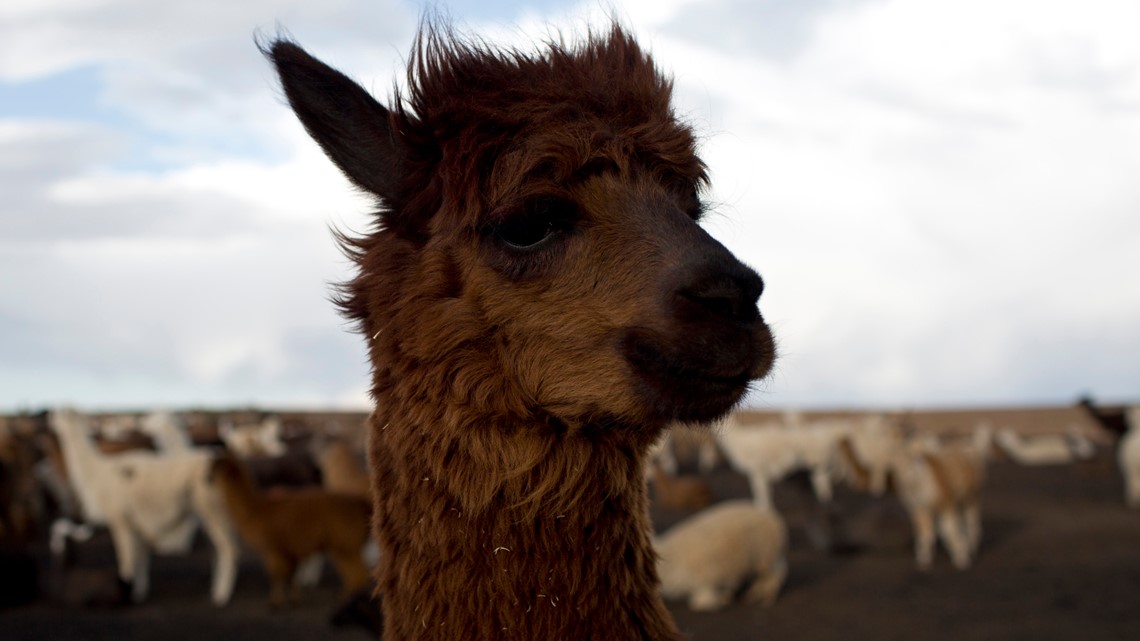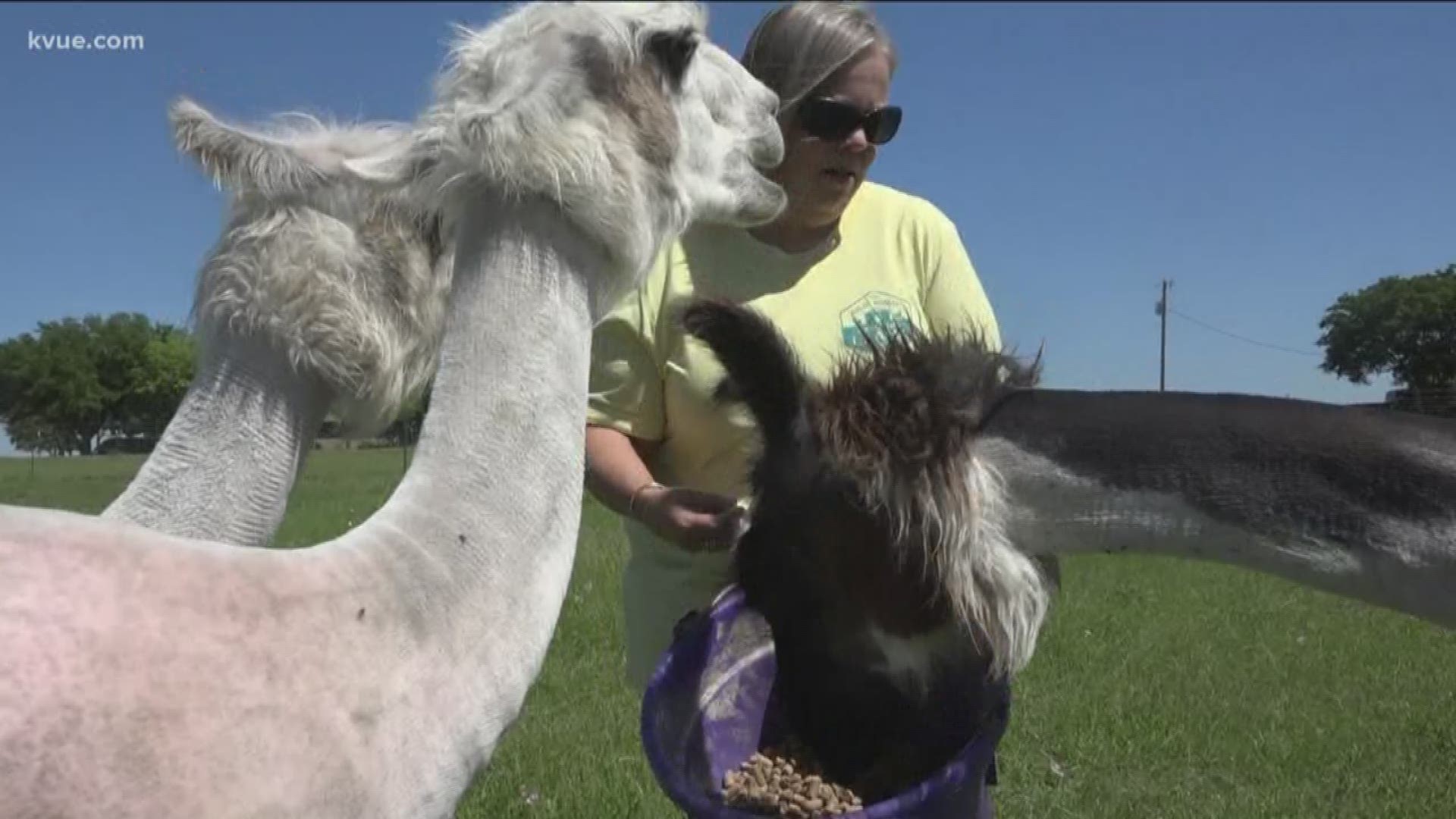The race is on to find medicines to beat COVID-19. And some may be coming from what seems like unlikely sources – such as llamas.
THE QUESTION
Is it true that llamas might provide the breakthrough to treat COVID-19?
THE ANSWER
Yes. Antibodies found in llamas are showing promise.
WHAT WE FOUND
Researchers from the University of Texas in Austin and Ghent University’s Vlaams Institute for Biotechnology in Belgium were already collaborating on coronavirus research when the COVID-19 pandemic erupted this year.
Four years ago, they injected a 9-month-old llama named Winter with stabilized versions of two coronaviruses, SARS-CoV-1 and MERS-CoV, over about six weeks, the University of Texas reports. The coronaviruses are named for their spikes, like those on a crown, which enable them to pierce into cells and sicken people.
Winter, part of Vlaams’ research herd of llamas, produced antibodies that stuck to the spikes of SARS-CoV-1, neutralizing the COVID-19 cousin. With some engineering to boost the effectiveness of the llama’s antibodies – so tiny that they’re classified as nanobodies -- the researchers found they could also neutralize COVID-19.
The llama antibodies are good candidates for medical uses. The smaller size allows them to “wedge themselves into crevices that larger antibodies wouldn’t otherwise be able to access,” Daniel Wrapp, a UT and Dartmouth University graduate student who co-authored the llama study, told Vermont Public Radio.
Their tiny size also means the antibodies can be nebulized and used in an inhaler, allowing them to be delivered straight to the site of an infection or as a preventive that would protect people immediately after treatment for several months. This is important for the elderly, who don’t get as much immunity from vaccines as younger people do.
The researchers estimate it will be a year before an approved treatment reaches the market.
Harvard Medical School researchers are also working on a similar idea, using vials of engineered yeast instead of llamas. The Harvard group says that its yeast method has a higher success rate, a faster turnaround time and the antibodies are cheaper to produce than with llamas. Another benefit: “The yeast system has been made freely available for nonprofit use,” the medical school magazine says.
Meanwhile, far from the heated race to stop COVID-19, Winter the llama is grazing peacefully on a hillside in Belgium, unaware of her contribution to science.



